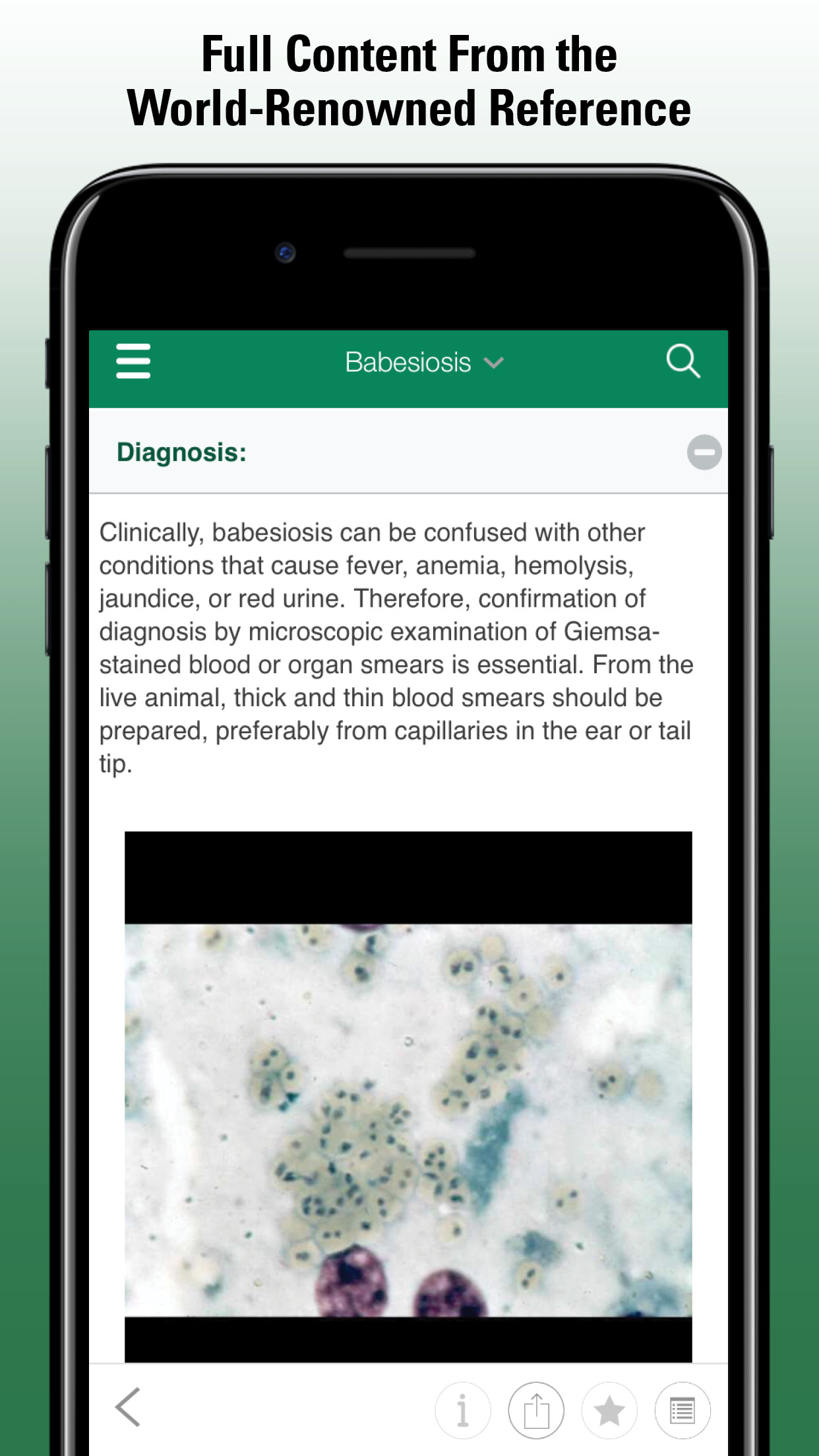Treatment of Zoonoses
The treatment of zoonotic and nonzoonotic diseases of animals is similar; however, treatments that prolong the shedding of zoonotic organisms should be avoided unless there are overriding considerations. For example, antibiotic treatment is usually contraindicated in uncomplicated Salmonella-associated diarrhea, because these drugs may prolong shedding of this organism. Conversely, animals that carry zoonotic organisms may sometimes be treated to reduce human exposure, even when the infection is subclinical or expected to be self-limiting, such as a minor skin lesion caused by dermatophytes. During treatment of zoonotic diseases, every precaution should be taken to prevent human infection. Professional judgment is required to determine whether to keep the animal in its home environment or isolate it in a hospital ward. Factors to consider include the potential severity of the disease in people, the susceptibility of individuals in the household, and the ability of human caregiver(s) to effectively perform barrier nursing, sanitation, and hygiene protocols. The owner should always be informed if treatment is not certain to eliminate the pathogen, which could then persist in a latent or chronic, subclinical form. Zoonotic concerns may dictate euthanasia of the animal, especially when the disease is likely to be fatal.
People who may have contracted a zoonotic disease should be referred to their physician for diagnosis and treatment. The physician should be given any information necessary to facilitate diagnosis, particularly if the disease is unusual and would not ordinarily be among the differential diagnoses. Simultaneous elimination of the pathogen from both animal and human hosts is ideal, to prevent it from cycling between the hosts. Public health authorities must be contacted when a reportable zoonotic disease (eg, rabies) is found in an animal.




